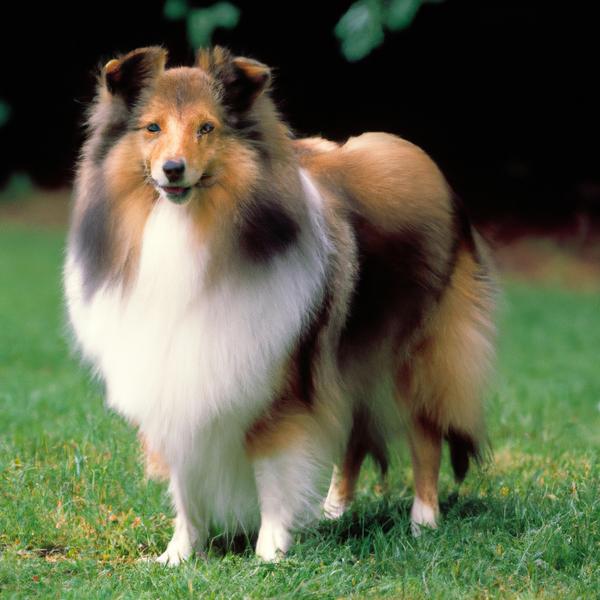Sheltie-Kee vs. Labloodhound: Breed Differences and Similarities
Hypoallergenic
Are Sheltie-Kees or Labloodhounds hypoallergenic, or neither?
Unfortunately, neither Sheltie-Kee nor Labloodhound are hypoallergenic, which may not make them the best choice for dog lovers who suffer from pet allergies.
Temperament
What are the personalities of Sheltie-Kee and Labloodhound dogs?
Playful
Agile
Intelligent
Friendly
Responsive
Affectionate
Obedient
Quick
Lively
Gentle
Bright
Sturdy
Playful
Loving
Stubborn
Independent
Energetic
Alert
Intelligent
Friendly
Responsive
Affectionate
Loyal
Gentle
Going
Social
Outright
Tempered
Cheerful
Shedding Level
Do Sheltie-Kees shed more than Labloodhounds, or which breed sheds more, Sheltie-Kees or Labloodhounds?
Sheltie-Kees are heavy shedders, but regular brushing can help manage shedding and promote a healthy coat.
Labloodhounds are moderate shedders, but regular brushing can reduce shedding and maintain coat health.
Origin
What is the origin of Sheltie-Kee and Labloodhound dog breeds?
United States
United States
Ancestry
What are the origins of Sheltie-Kee and Labloodhound breeds?
Shetland Sheepdog and Keeshond
Bloodhound and Labrador Retriever
Date of Birth
When were Sheltie-Kee and Labloodhound breeds first developed?
2000's
Unknown
Eye Color Possibilites
What are the eye colors of Sheltie-Kee and Labloodhound dogs?
Brown
Hazel
Brown
Nose Color Possibilites
What are the natural nose colors of Sheltie-Kee and Labloodhound?
Black
Brown
Isabella
Black
Coat Color Possibilites
What are the natural colors of the coat for Sheltie-Kee and Labloodhound breeds?
Black
Gray
Cream
Brown
White
Black
Brown
White
Coat Length
What is the typical coat length for Sheltie-Kee and Labloodhound breeds?
Sheltie-Kees are known for their coat length.
Labloodhounds have short coats.
Coat Density
What is the density of the coat of Sheltie-Kee and Labloodhound?
Coat Texture
What is the hair texture of Sheltie-Kee and Labloodhound?
Straight
Litter Size
What is the usual litter size for Sheltie-Kee and Labloodhound?
A Sheltie-Kee can have a litter of 3-8 puppies on average. However, it's worth noting that the size of the litters can vary greatly. Factors that can influence litter size include the health of the mother, breeding history, and genetics.
A Labloodhound can have a litter of 5-10 puppies on average. However, it's worth noting that the size of the litters can vary greatly. Factors that can influence litter size include the health of the mother, breeding history, and genetics.
Adaptability
Sheltie-Kees are highly adaptable and versatile, making them excellent companions for families and individuals of all lifestyles.
Labloodhounds are known for their adaptability and can adjust well to different environments and lifestyle changes.
Health Issues
Between Sheltie-Kee and Labloodhound, which breed is more prone to health problems?
While the Sheltie-Kee breed is generally healthy, occasional vet check-ups are still necessary to address any health concerns.
Labloodhounds typically have low vet costs due to their good health, but it's important to monitor their health and seek vet care when necessary.
Major Concerns
What are the major health concerns for Sheltie-Kee and Labloodhound breeds?
Deafness
Hip Dysplasia
Dermatomyositis
Von Willebrand's Disease
Patent Ductus Arteriosis (PDA)
Collie Eye Anomaly (CEA)
Gastric Torsion
Progressive Retinal Atrophy (PRA)
Minor Concerns
What minor health issues should be kept in mind when owning Sheltie-Kee and Labloodhound?
Diabetes
Microphthalmia
Tetralogy of Fallot
Cryptorchidism
Idiopathic Epilepsy
Eye Conditions
Entropion
Ectropion
Elbow Dysplasia
Hip Dysplasia
Epilepsy
Occasional Tests
What occasional tests are recommended for Sheltie-Kee and Labloodhound breeds?
Hip X-Rays
Dna For Pra
Blood Tests
Eye and Ear Examination
DNA for VWD
X-Rays
CT or MRI scan
Urinalysis
Complete Blood Count
Chemical Analysis
Ophthalmic Examination
Physical and Neurologic Examination
Social Needs
Sheltie-Kee vs Labloodhound social needs comparison
Sheltie-Kee has above average social needs and thrives with interaction with humans and other dogs.
Labloodhound has very high social needs and requires regular mental and physical stimulation, a job or purpose, and companionship.
Sleeping Need
Which of the two sleeps the most/least: Sheltie-Kee or Labloodhound?
Sheltie-Kees sleep less than other breeds but still need adequate sleep for good health.
Labloodhounds are active and require sufficient sleep to stay healthy.
Mouthiness
Mouthiness Comparison: Sheltie-Kee vs Labloodhound?
Roaming urge
Sheltie-Kee vs Labrador: Running away tendency?
Prey Drive
Sheltie-Kee or Labloodhound - which breed has a higher level of prey drive?
Activity Level
Which breed has higher energy, Sheltie-Kees or Labloodhounds?
Sheltie-Kee and Labloodhound are high-energy dogs that require a lot of mental and physical exercise. Without proper stimulation and attention, these breeds can become problematic. If you're considering these breeds, be prepared to invest time and effort in their exercise and training.
Tolerance of being left alone
Walks per Week
How many miles should Sheltie-Kee or Labloodhound walk each week?
There's really no limit to how far you walk your dog as long as they're comfortable. For Sheltie-Kee, it's at least 14 miles / week. Just remember to build distance and stamina gradually over time.
There's really no limit to how far you walk your dog as long as they're comfortable. For Labloodhound, it's at least 20 miles / week. Just remember to build distance and stamina gradually over time.
Activity per Day
Do Sheltie-Kees or Labloodhounds require more exercise?
In general most Sheltie-Kees usually need at least 120 minutes of exercise daily. This can be spread across the day and include all sorts of high-energy activities, like walking, running and playing.
In general most Labloodhounds usually need at least 60 minutes of exercise daily. This can be spread across the day and include all sorts of high-energy activities, like walking, running and playing.
Grooming
Which breed is easier to maintain in terms of grooming, Sheltie-Kees or Labloodhounds?
Sheltie-Kees have high grooming needs, requiring regular trims and professional grooming assistance to keep their coat healthy.
The Labloodhound has low grooming needs and is easy to maintain.
Brushing Frequency
What is the recommended brushing frequency for Sheltie-Kee and Labloodhound dogs?
Ideally, Sheltie-Kee should be brushed at least 2 or 3 times a week (preferably daily) improve shedding.
Labloodhound should be brushed at least once a week. Of course you can give them more frequent brushes if you find that they are still shedding a lot
Brushing Tools
What brushing tools are used for Sheltie-Kees and Labloodhounds?
Pin Brush
Comb
Nail Clipper
Pin Brush
Comb
Nail Clipper
Cups
How much food should be given to Sheltie-Kee or Labloodhound in cups?
For an average 25-45 pound (11 - 20 kg) Sheltie-Kee feed 2 cups daily. But, keep in mind, the amount you feed is going to be dependent on the quality of the food you are feeding.
For an average 75-105 pound (34 - 48 kg) Labloodhound feed 3 cups daily. But, keep in mind, the amount you feed is going to be dependent on the quality of the food you are feeding.
Daily Cost
Which breed has a higher daily cost, Sheltie-Kee or Labloodhound?
The average cost of a Sheltie-Kee is somewhere $1.70 - $2.00 per day.
The average cost of a Labloodhound is somewhere $2.10 - $2.70 per day.
Monthly Cost
Which breed has a higher monthly cost, Sheltie-Kee or Labloodhound?
The average per month expenses of a Sheltie-Kee is between $48 - $63. This makes an average of $576 - $756 per year. It will be on the higher side when the dog is still small because it will need more frequent visits to the vet, shots.
The average per month expenses of a Labloodhound is between $55 - $73. This makes an average of $660 - $876 per year. It will be on the higher side when the dog is still small because it will need more frequent visits to the vet, shots.
Sensitivity Level
How do Sheltie-Kee and Labloodhound compare in sensitivity?
These dog breeds are particularly attuned to its environment and the emotions of those around it. Sheltie-Kee and Labloodhound can be easily overwhelmed by loud noises, new environments, unfamiliar people, or animals. This dog breed is best suited for individuals or families who are patient, gentle, and understanding of its sensitive nature. It may also benefit from a calm and stable home environment, with a consistent routine and plenty of positive reinforcement training.
Apartment Friendly
Which breed is more apartment-friendly: Sheltie-Kee or Labloodhound?
Sheltie-Kees are good apartment dogs as long as they get enough exercise and stimulation outside of the apartment.
Labloodhounds can do well in apartments with enough exercise and time outside, but a small yard would be ideal.
Child Friendly
Do Sheltie-Kees or Labloodhounds have a friendlier temperament towards children?
Sheltie-Kees are good with kids if socialized and trained from a young age.
Labloodhounds make excellent family pets for kids due to their gentle, protective nature and calm temperament.
Senior-friendly
Which dog is more suitable as a pet for the elderly - Sheltie-Kee or Labloodhound?
Cat Friendly
Do Sheltie-Kee or Labloodhound breeds have a better compatibility with cats?
Sheltie-Kees and Labloodhounds are very cat friendly dogs. They generally make good companions for cats.
Dog Friendly
Which breed is more sociable with other dogs: Sheltie-Kee or Labloodhound?
Sheltie-Kees are friendly and active companions, and can be good family pets, though their friendliness towards other dogs may vary.
Labloodhounds are generally very friendly towards other dogs, with a happy and affectionate temperament.
Pet friendly
How do Sheltie-Kee or Labloodhound dogs interact with other pets?
Stranger Friendly
Which breed is more friendly with strangers: Sheltie-Kee or Labloodhound?
Sheltie-Kees are friendly but may bark at strangers, and training is easy due to their intelligence.
Labloodhounds are highly friendly around strangers.
Playfulness
Which breed is more playful between Sheltie-Kee and Labloodhound?
Sheltie-Kees have an average level of playfulness, enjoying playtime like most dogs but not excessively so.
Labloodhounds are very playful, so adopting an older one might be a better option for a more relaxed experience.
Trainability
How do the trainability levels of Sheltie-Kees and Labloodhounds compare?
Sheltie-Kees are usually easy to train but require consistency to fully obey commands.
The Labloodhound is highly intelligent and eager to please, making it a great choice for both novice and experienced dog owners due to its easy trainability.
Compare Sheltie-Kee with other breeds
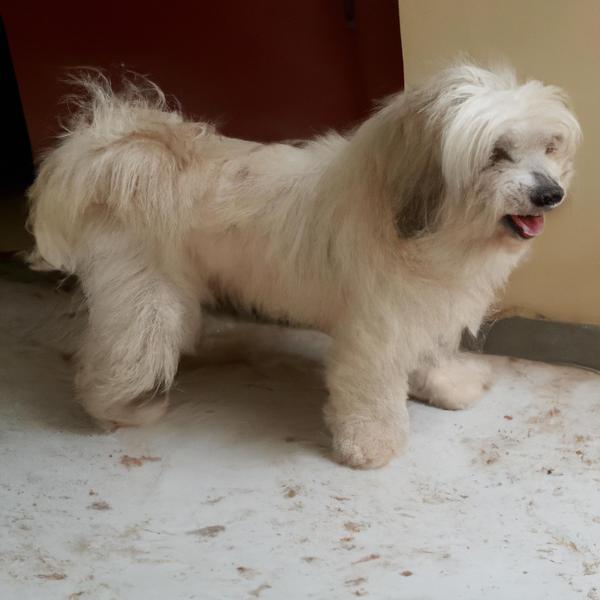
Poochin
Sheltie-Kee vs Poochin
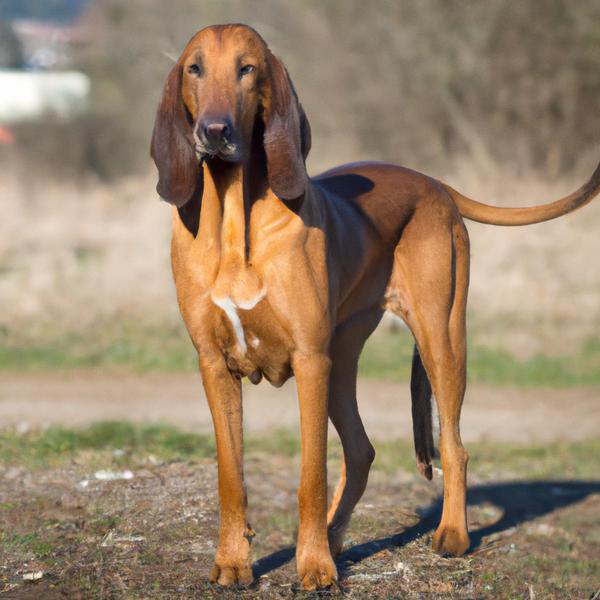
Labloodhound
Sheltie-Kee vs Labloodhound
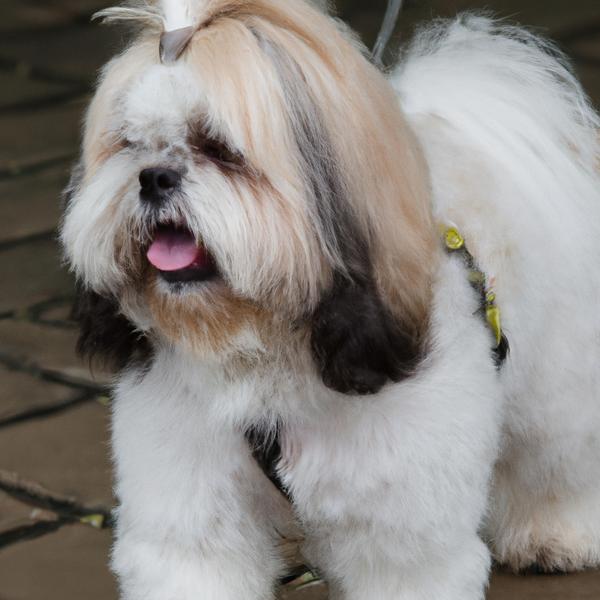
Enga-Apso
Sheltie-Kee vs Enga-Apso
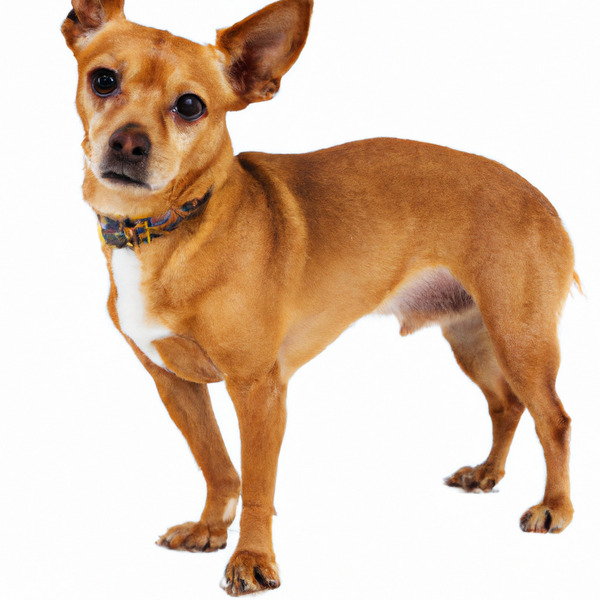
Taco Terrier
Sheltie-Kee vs Taco Terrier
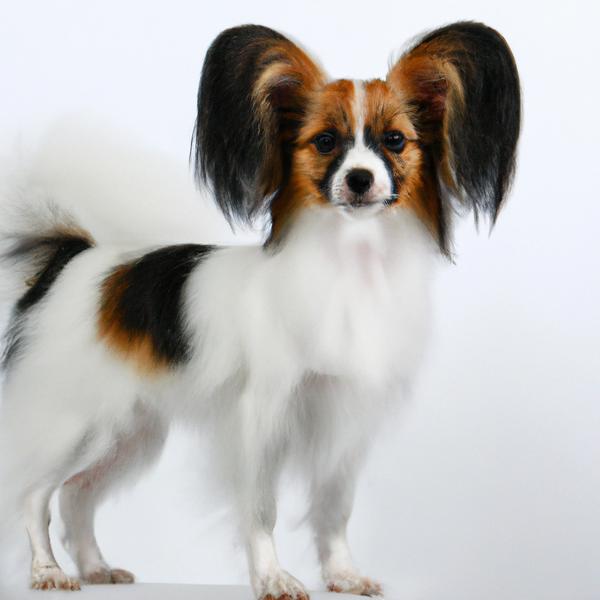
English Toy Papillon
Sheltie-Kee vs English Toy Papillon
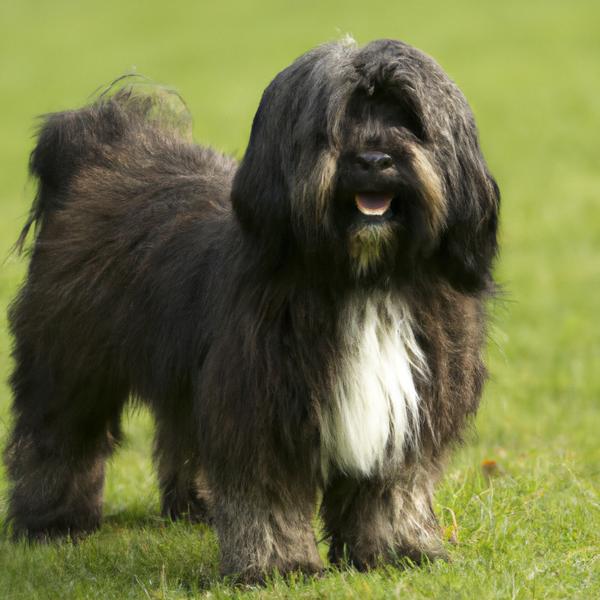
Lowchen
Sheltie-Kee vs Lowchen
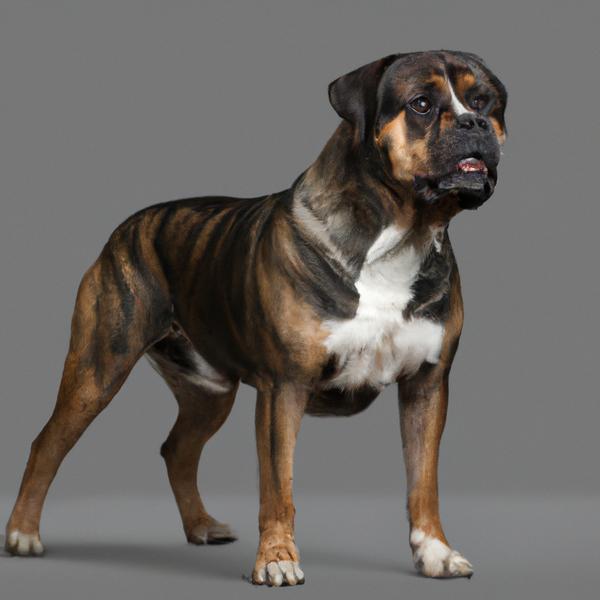
American Bandogge
Sheltie-Kee vs American Bandogge
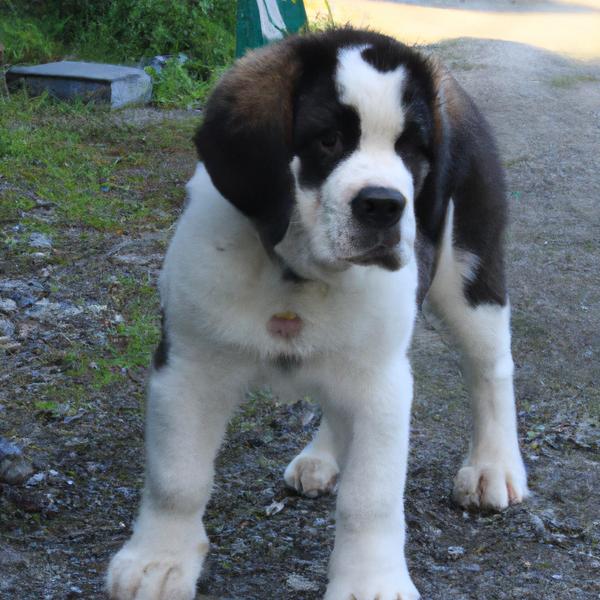
Mini St. Bernard
Sheltie-Kee vs Mini St. Bernard

Shelchon
Sheltie-Kee vs Shelchon
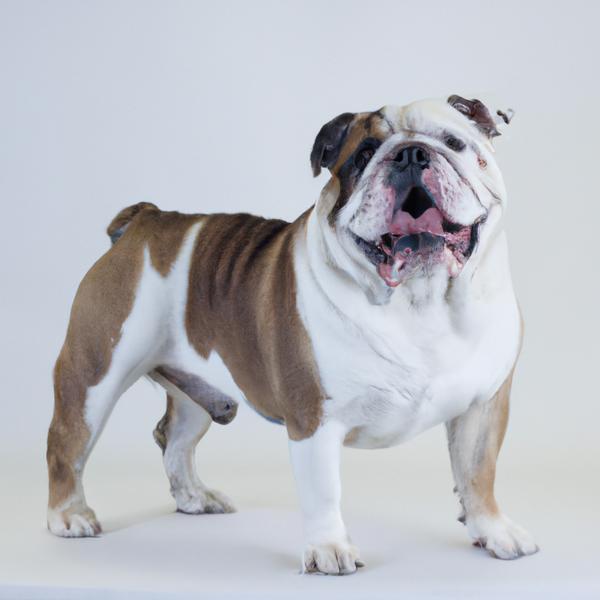
English King
Sheltie-Kee vs English King
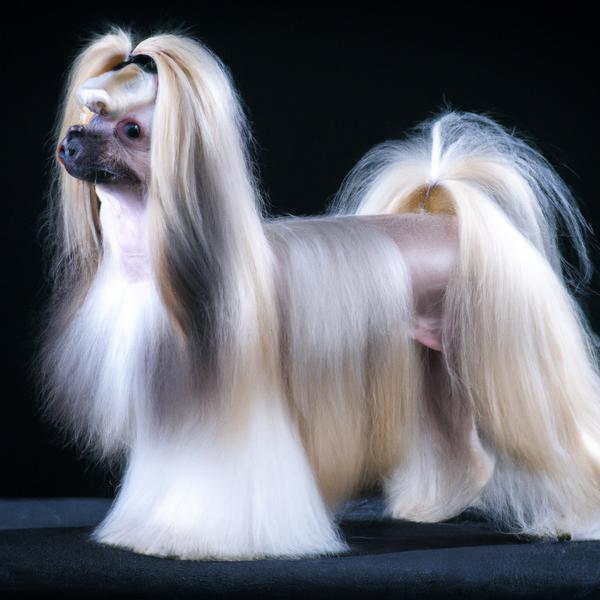
Silkzer
Sheltie-Kee vs Silkzer
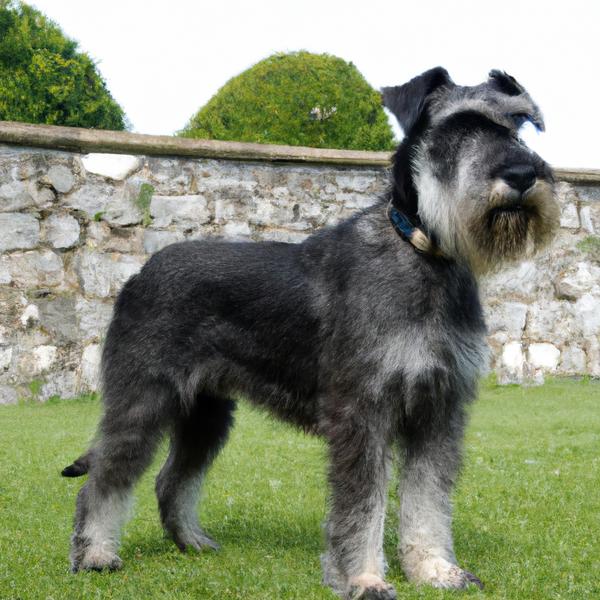
Standard Irish Wolf Schnauzer
Sheltie-Kee vs Standard Irish Wolf Schnauzer
